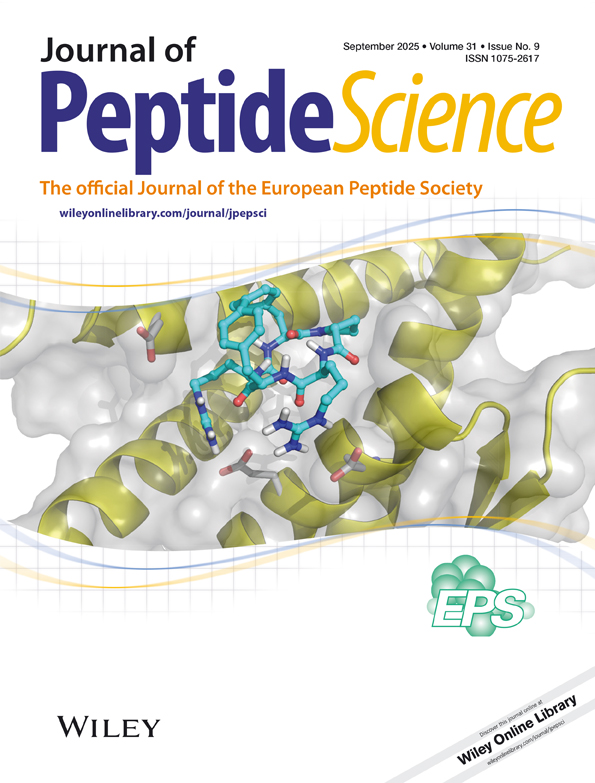Comparison of the subchronic antidiabetic effects of DPP IV–resistant GIP and GLP-1 analogues in obese diabetic (ob/ob) mice
Abstract
Glucagon-like peptide-1 (GLP-1) and glucose-dependent insulinotropic polypeptide (GIP) are the two key incretin hormones released from the gastrointestinal tract that regulate blood glucose homeostasis through potent insulin secretion. The rapid degradation of GIP and GLP-1 by the ubiquitous enzyme dipeptidyl peptidase IV (DPP IV) renders both peptides noninsulinotropic. However, DPP IV stable agonists, such as N-AcGIP and (Val8)GLP-1, have now been developed. The present study has examined and compared the metabolic effects of subchronic administration of daily i.p. injections of N-AcGIP, (Val8) GLP-1 and a combination of both peptides (all at 25 nmol/kg bw) in obese diabetic (ob/ob) mice. Initial in vitro experiments confirmed the potent insulinotropic properties of N-AcGIP and (Val8)GLP-1 in the clonal pancreatic BRIN BD11 cell line. Subchronic administration of N-AcGIP, (Val8)GLP-1 or combined peptide administration had no significant effects on the body weight, food intake and plasma insulin concentrations. However, all treatment groups had significantly (p < 0.05) decreased plasma glucose levels and improved glucose tolerance by day 14. The effectiveness of the peptide groups was similar, and glucose concentrations were substantially reduced following injection of insulin to assess insulin sensitivity compared to control. These results provide evidence for an improvement of glucose homeostasis following treatment with enzyme-resistant GIP and GLP-1 analogues. Copyright © 2007 European Peptide Society and John Wiley & Sons, Ltd.




